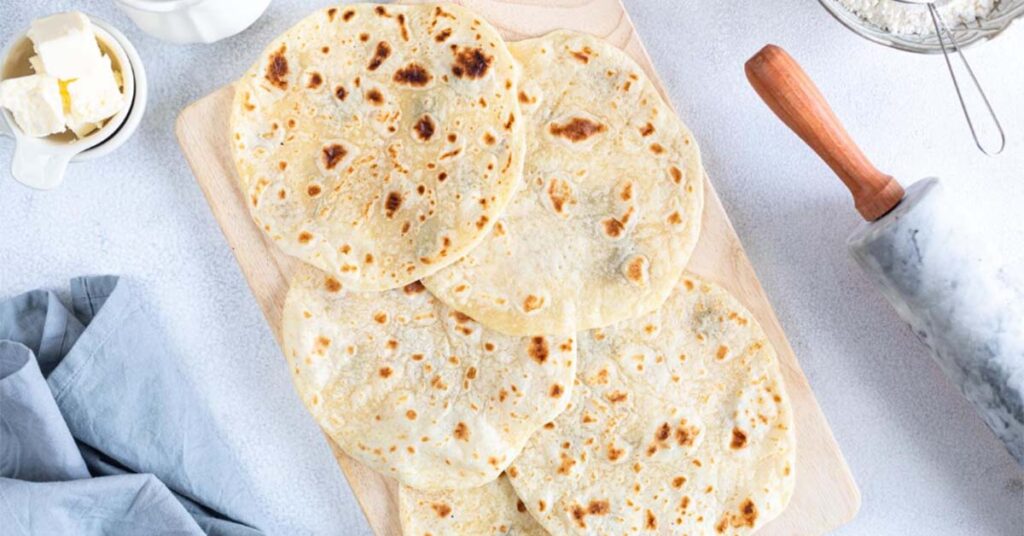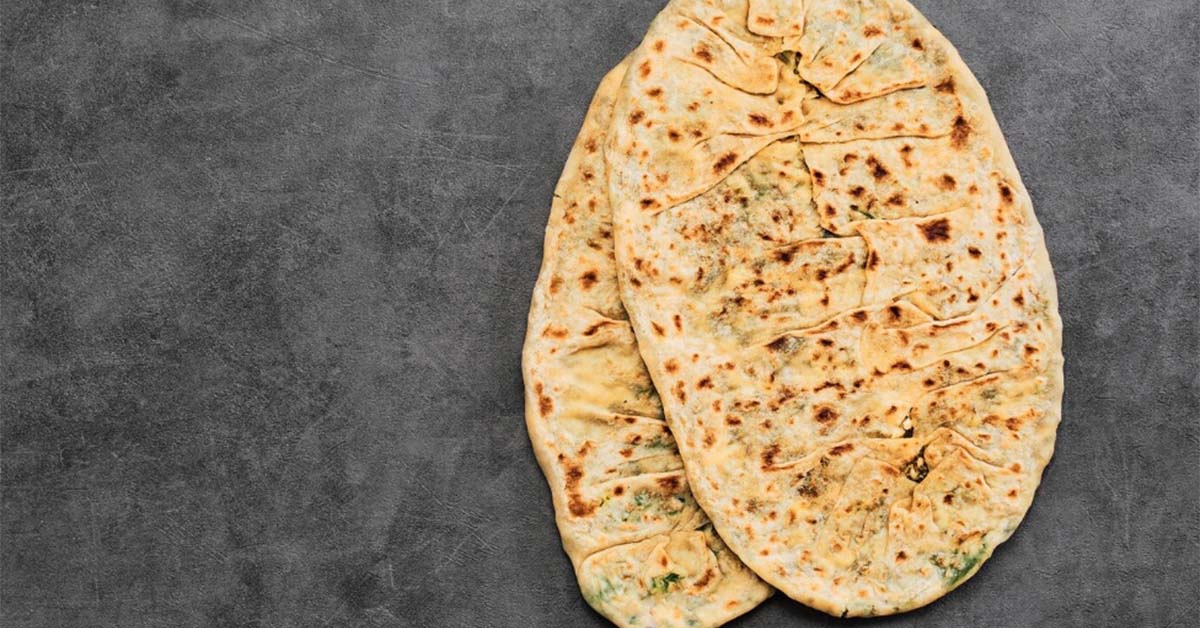Gluten-free diets have become more than a trend; they’re a necessity for those with gluten intolerance or celiac disease. Among the many challenges of a gluten-free lifestyle is finding suitable alternatives to beloved staples, like the versatile pita bread. This guide will walk you through everything you need to know about making gluten-free pita bread at home, ensuring that it’s not only safe for your diet but also delicious and satisfying.
Understanding Gluten-Free Pita Bread
Gluten-free pita bread is a soft, leavened flatbread made without traditional wheat flour. It’s an essential alternative for those who must avoid gluten due to health reasons. The beauty of homemade gluten-free pita bread lies in its adaptability; you can adjust the ingredients to suit your dietary needs and preferences, ensuring a safe and enjoyable eating experience.
The rise of gluten-free baking has been a boon for those on restricted diets. Innovations in gluten-free flour blends and baking techniques have made it easier than ever to enjoy your favorite foods without compromise. For comprehensive information on gluten intolerance and celiac disease, the Celiac Disease Foundation offers a wealth of resources.
Benefits of Homemade Gluten-Free Pita Bread
Making your gluten-free pita bread at home comes with several advantages:
- Customization: You have complete control over the ingredients, allowing you to avoid allergens and additives that might be present in store-bought versions.
- Cost-effectiveness: Homemade pita bread is often more affordable than pre-made alternatives.
- Freshness: Nothing beats the taste of freshly baked bread, and homemade pita is no exception.
Moreover, the process of baking your own bread can be incredibly rewarding. It’s a chance to connect with your food and appreciate the effort that goes into creating it. For tips on gluten-free diets and lifestyle, Gluten-Free Living is an excellent resource.

Gluten-Free Ingredients Overview
The key to successful gluten-free pita bread lies in the choice of ingredients:
- Gluten-Free Flour Blends: There are many blends available, but it’s crucial to choose one that works well for bread. Look for blends that mimic the properties of wheat flour.
- Expandex Modified Tapioca Starch: This ingredient improves the texture and elasticity of the dough, making it more similar to traditional pita bread.
- Allergen-Free Alternatives: For those with additional dietary restrictions, there are substitutes for almost every common allergen, including dairy and eggs.
Making Gluten-Free Pita Bread
Step-by-Step Recipe
Creating gluten-free pita bread at home is simpler than you might think. Here’s a basic outline:
- Mix the dry ingredients: Start with your gluten-free flour blend, adding baking powder and salt.
- Add the wet ingredients: Incorporate water, oil, and any other wet ingredients until the dough comes together.
- Shape and bake: Divide the dough into balls, flatten, and bake until puffy and golden.
Troubleshooting Common Issues
- If your pitas aren’t puffing up, ensure your oven is hot enough and that the dough is rolled evenly.
- Moisture content can vary with gluten-free flours; adjust the liquid as needed to achieve the right dough consistency.
Serving and Storage Suggestions
- Serve your pita bread with dips, fill them with your favorite ingredients, or use them as a base for quick pizzas.
- Store leftover pita bread in an airtight container at room temperature for a few days, or freeze for longer storage.
FAQs
- Is gluten-free pita bread healthier? For those with gluten sensitivity or celiac disease, it’s certainly the healthier choice. However, gluten-free doesn’t automatically mean lower in calories or fat.
- Can I make this bread without a stand mixer? Absolutely. While a mixer might make the process easier, you can mix the dough by hand.
- Substitutions for Expandex Modified Tapioca Starch? In a pinch, you can use additional gluten-free flour and adjust the liquid in the recipe accordingly.
Making gluten-free pita bread at home is not only a way to ensure you’re eating something safe for your dietary needs, but it’s also an opportunity to enjoy fresh, delicious bread that rivals any traditional version. With the right ingredients and a bit of practice, you’ll be able to whip up your own pita bread that’s perfect for a variety of meals and snacks. For understanding food allergies and safe cooking practices, Food Allergy Research & Education (FARE) is a valuable resource.
Remember, the key to great gluten-free baking is experimentation and patience. Each batch of pita bread is an opportunity to refine your technique and discover what works best for you. Happy baking!

